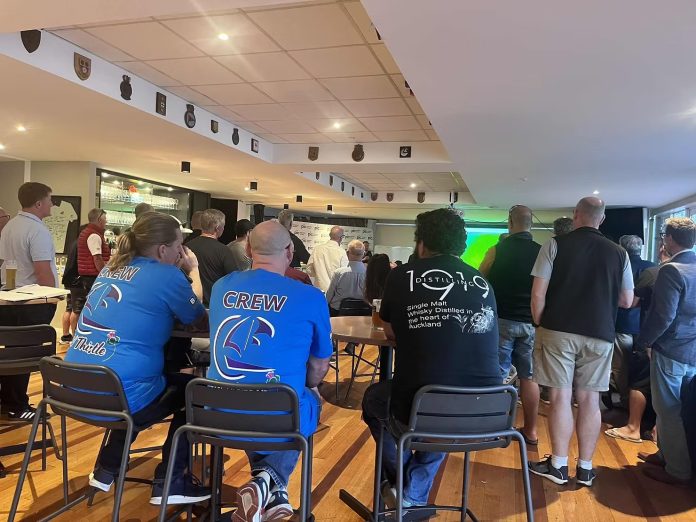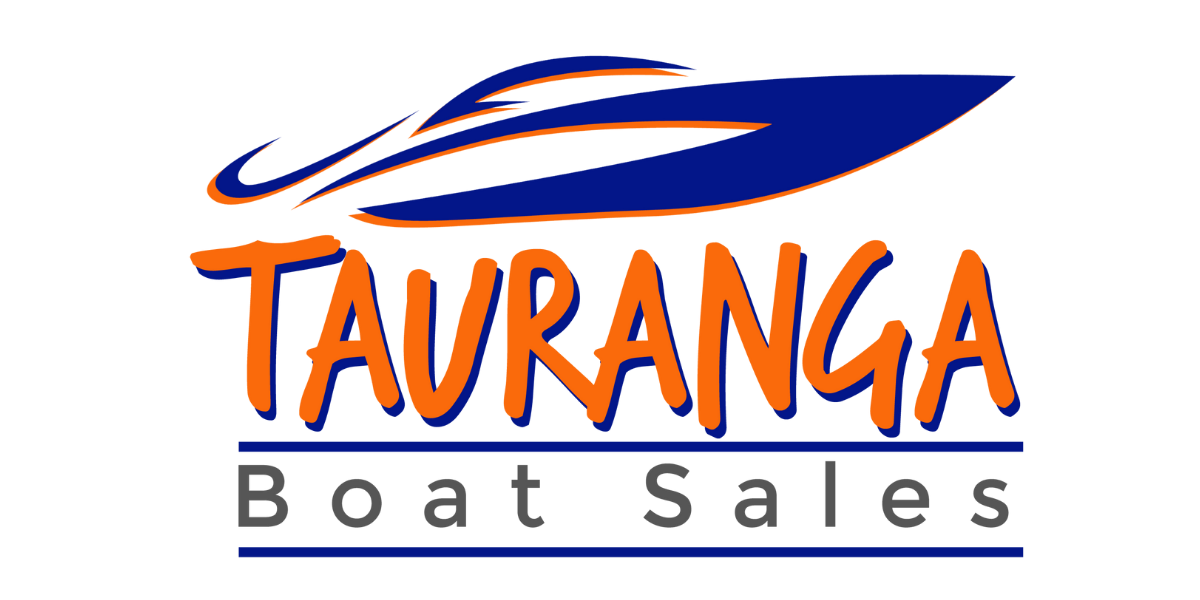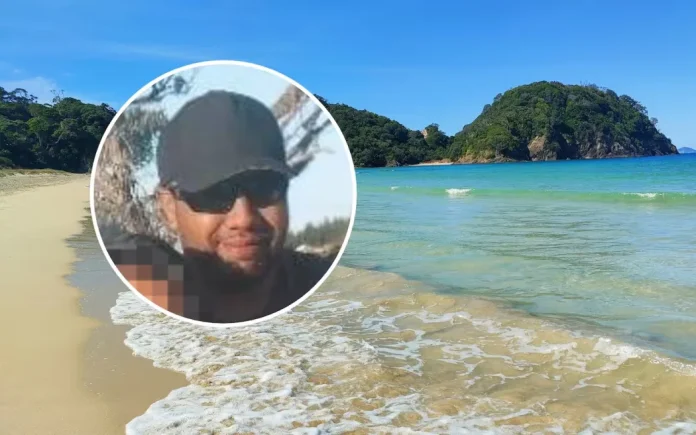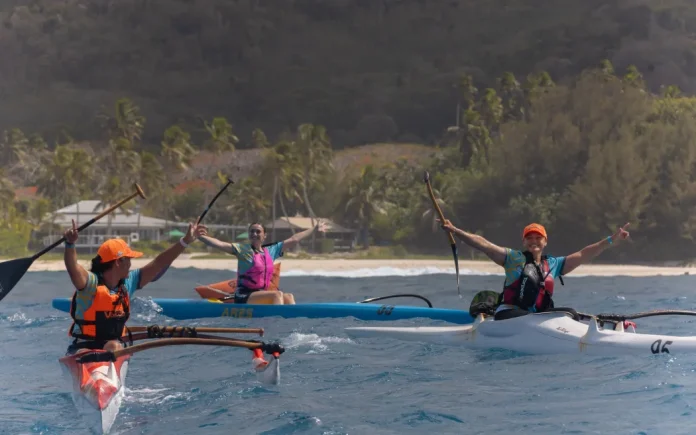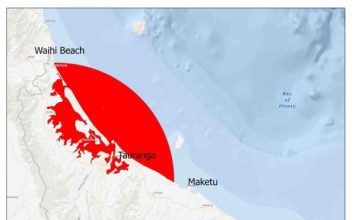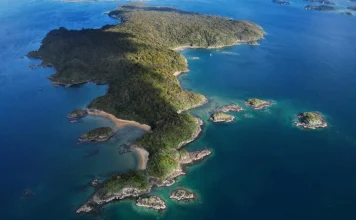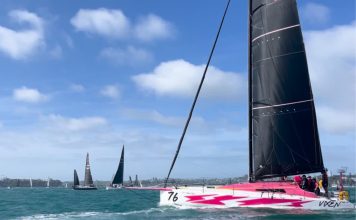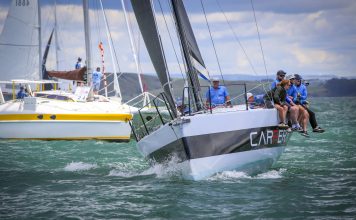Two experts led the discussion in tandem: forecasting specialist and long-time routing guru Nick Olson from PredictWind, alongside well-known New Zealand offshore sailor and CEO of Doyle Sails NZ, Mike Sanderson.
PredictWind: New Zealand forecasting tech used globally
PredictWind’s involvement goes well beyond sponsorship. Navigators were encouraged to use PredictWind to plan their best possible route from the Waitematā to Russell. The company, founded and built in New Zealand, provides official weather services for The Ocean Race, Admiral’s Cup, and America’s Cup amongst many other big sailing events. Their data drives decisions at sailing’s highest level, and for Kiwi sailors, the same precision is being applied to the 119 mile sprint from Auckland to Russell.
As Olson explained, PredictWind’s high-resolution one kilometre wind models and one hundred metre current layers are transforming how sailors read the coastline.
Those layers capture the fine detail that defines the PIC Coastal Classic: acceleration zones off headlands, lighter patches behind cliffs, and tricky current seams near Whangārei Heads, Bream Bay, and Tutukākā. Crews will visualise the race as a dynamic chart rather than a simple route line.
Strategy by Mike Sanderson
Tactical insights came from Mike Sanderson, CEO of PIC Coastal Classic sponsor Doyle Sails NZ, whose offshore résumé spans decades, including skippering ABN Amro One to victory in the 2005–06 Volvo Ocean Race, earning him the ISAF World Sailor of the Year Award.
At the clinic, Sanderson urged sailors to rethink how they approach the race. “Don’t race to the Brett, race the ladder runs,” he said. “Each sector up the coast is its own race. Plan it, route it, and then race it hard.”
His advice emphasised constant re-routing during the race using PredictWind, adjusting from the boat’s live position rather than relying on old projections. “Routing from where you are now [on the course] is everything,” he added. “Conditions, tide and the models all evolve. Keep updating.”
Sanderson described the race as a balance between speed and patience, especially once the front clears and the breeze settles into a south-westerly flow. Staying low and fast into a lift, rather than high and slow, remains his guiding principle.
The decisive sector: Cape Brett to Russell
Sanderson called the stretch from Cape Brett to Russell “the part that wins or loses you the race.”
PredictWind’s current overlays show how outgoing flow from Ōpua can oppose the breeze, creating chop and drag that slow boats dramatically. Light patches often linger inside Oke Bay and Deep Water Cove, while gusts curl off the cliffs and headlands.
The trick, said Sanderson, is to anticipate the right-hand shift near Tapeka Point and use it to surf home. Red Head and Whale Rock remain the old-school marks to line up the final approach.
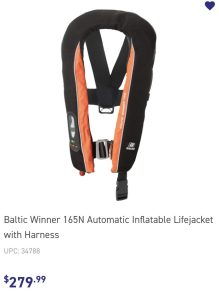
Safety always matters
Crews were reminded to wear lifejackets in over 15 knots or during darkness, maintain scheduled VHF calls at Flat Rock, Sail Rock, Cape Brett and Russell, and confirm each transmission with the Coastguard. If crews find themselves short of lifejackets (good practice is for crews to carry extra lifejackets), or don’t have lifejackets with strobelights, as required by race rules, then teams can dash into Burnscos at Westhaven for what they need.
In the event of an emergency, “The people who reach you first are the ones beside you,” NZMYS Commodore Adrian Percival noted. “Not a rescue centre an hour away.”








